Description
The news that hits headlines from Kannur these days is mostly about its law-and-order situation. TV scrolls announce items such as these with great frequency: ‘One killed in Muslim League–CPI(M) clashes’; ‘Two hurt in RSS–CPI(M) fracas’; ‘CPI(M) man killed, RSS men nabbed’; ‘RSS youth hacked, 7 CPI(M) men held’; ‘PFI [Popular Front of India] activists attacked’; ‘District Collector calls all-party peace meeting’, and so on.
The crime bureau statistics, as of November 2016, show that forty-five CPI(M) activists, forty-four BJP–RSS workers, fifteen Congressmen and four Muslim League followers have been killed since 1991 in Kannur, besides a few other murders of the cadres of parties such as the PFI. Between November 2000 and 2016, the number of party workers killed in Kannur was thirty-one from the RSS and BJP, and thirty from the CPI(M), according to data obtained from the police by the independent news website 101reporters.com through a right-to-information request. While the RSS leaders claim that the CPI(M) are now doing to them what the Congress had done to the communists in the past, the CPI(M) leaders contest it, reeling off stats, and claiming that they have been forced to resist because the Hindu nationalists are hoping to effect a religious polarization through the politics of violence in order to reap electoral gains that have eluded them for long.
The latest numbers do not endorse the RSS’s claims of being a victim in this Left stronghold. Regardless, the Sangh has actively pursued a campaign, spiffily titled Redtrocity(short for Red Atrocity, referring to the reported high-handedness by the Marxists), as a counterweight to the series of accusations hurled against it for allegedly sowing religious hatred, perpetuating violence against non-conformists, triggering riots and deliberately aiding a mission to heighten communal hostilities.
Police records show that the RSS and the BJP have been at loggerheads not with the CPI(M)alone, but also with other parties, including the PFI and the Congress. Yet, equally laughable is the contention by the CPI(M) that it is portrayed as a villain without reason because it has only been engaging in acts of resistance and seldom in violent aggression.
Recent data show that from 1972 to December 2017, of the 200 who died in political violence in Kannur district—which accounted for the highest number of political crimes in the state during the period, far ahead of other districts—seventy-eight were from the CPI(M), sixty-eight from the RSS–BJP, thirty-six from the Congress, eight from the Indian Union Muslim League (IUML), two each from the CPI and the National Development Front (now called the PFI), while the rest were from other parties. Notably, of the total 193 political murder cases that took place in Kannur during the period, 112 of the accused were from the Sangh Parivar and 110 from the CPI(M).
The RSS–BJP argue that the escalation of hostilities started with the killing of an RSS worker on 28 April 1969, but the Marxists aver that the death was a denouement to a series of clashes stemming from the RSS’s support to a beedi baron who refused his workers a justified hike in salary and shut his business before floating two new companies. Media reports often show that more communist workers have died in Kannur than those belonging to any other party. The greatest irony in the RSS–CPI(M) fights is that the pro-Hindu Sangh Parivar has had no qualms about targeting CPI(M)-dependent Hindus, while the Marxists, the much-touted saviours of the proletariat, vehemently, so the story goes, go after the working classes who happen to be aligned with the Hindu nationalists.
Along Payyambalam beach, not far from the grave of K.G. Marar, one of the RSS’s topmost leaders in the state, is a grave of a twenty-one-year old man. Too young to die, that’s what visitors to the place would say. Sachin Gopalan died from sword injuries in July 2012. Allegedly, he was hacked by members of the radical Islamist Campus Front, a feeder organization of the PFI against which the National Investigation Agency (NIA) has now sought a ban for its anti-India activities. Gopal died at a hospital in Mangalore where he had arrived after shifting from one hospital to another in Kannur for want of better facilities. A student of a technical institute in the district, he was attacked when he had gone to a school for political work.
In the darkness of a late windswept evening, standing alone in the forbidding graveyard at Payyambalam, one is filled with evocative visions from the region’s chequered past and a violent present caught in the vortex of vendetta politics.
When I studied in a boarding school in Thiruvananthapuram, my classmates looked down on my hometown as Kerala’s Naples, a thuggish backwater; but then the district had contributed two chief ministers (and one more later) as well as several luminaries to the state’s cultural, social, professional and political spheres.
I also came to be known as someone from the ‘Bihar of Kerala’. Later, I invented a rather self-deprecating phrase of my own: ‘the Sicily of Kerala’, factoring in the local omertà-like code the Italian region was once known for. Poking fun at oneself does make sense, as it’s an effort to tide over the mental fatigue that sets in on being judged as a violent people, who are puritanical and foolish. Deep within, however, it hurts like a migraine.
The waves keep breaking hard on the shore like smooth knives on raw flesh.


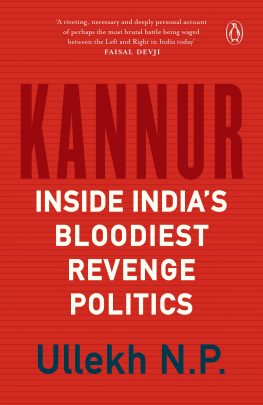
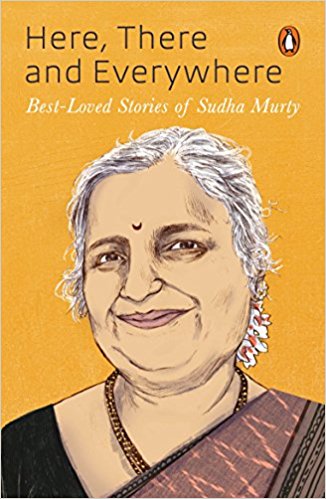
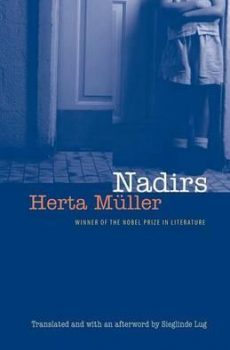
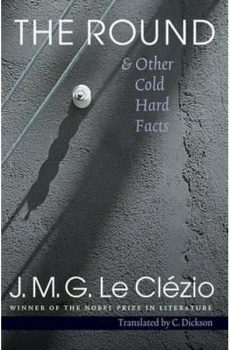
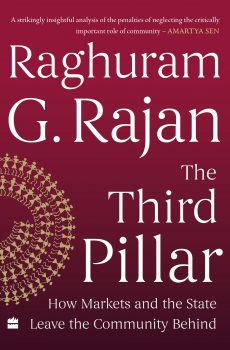
Reviews
There are no reviews yet.